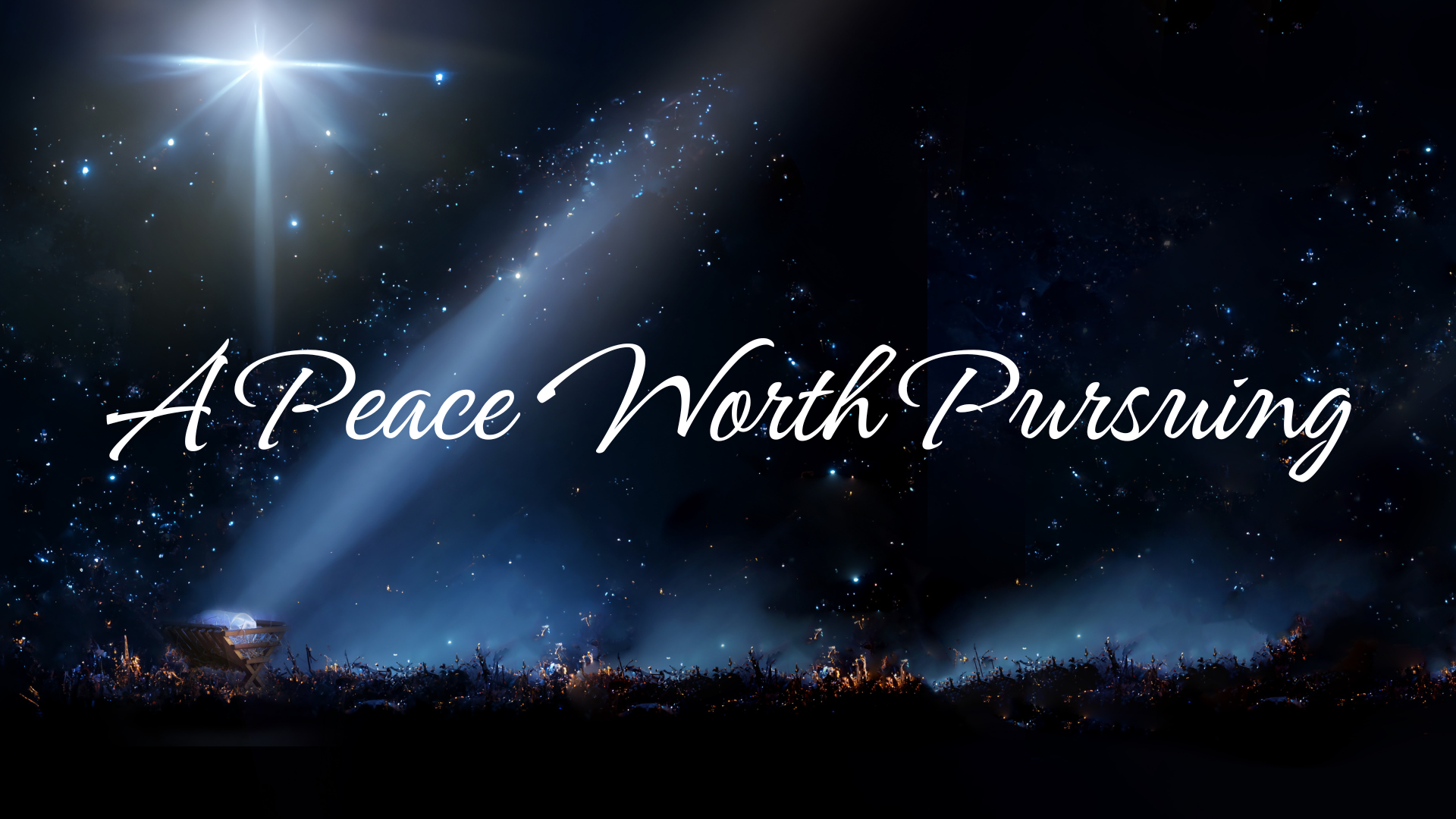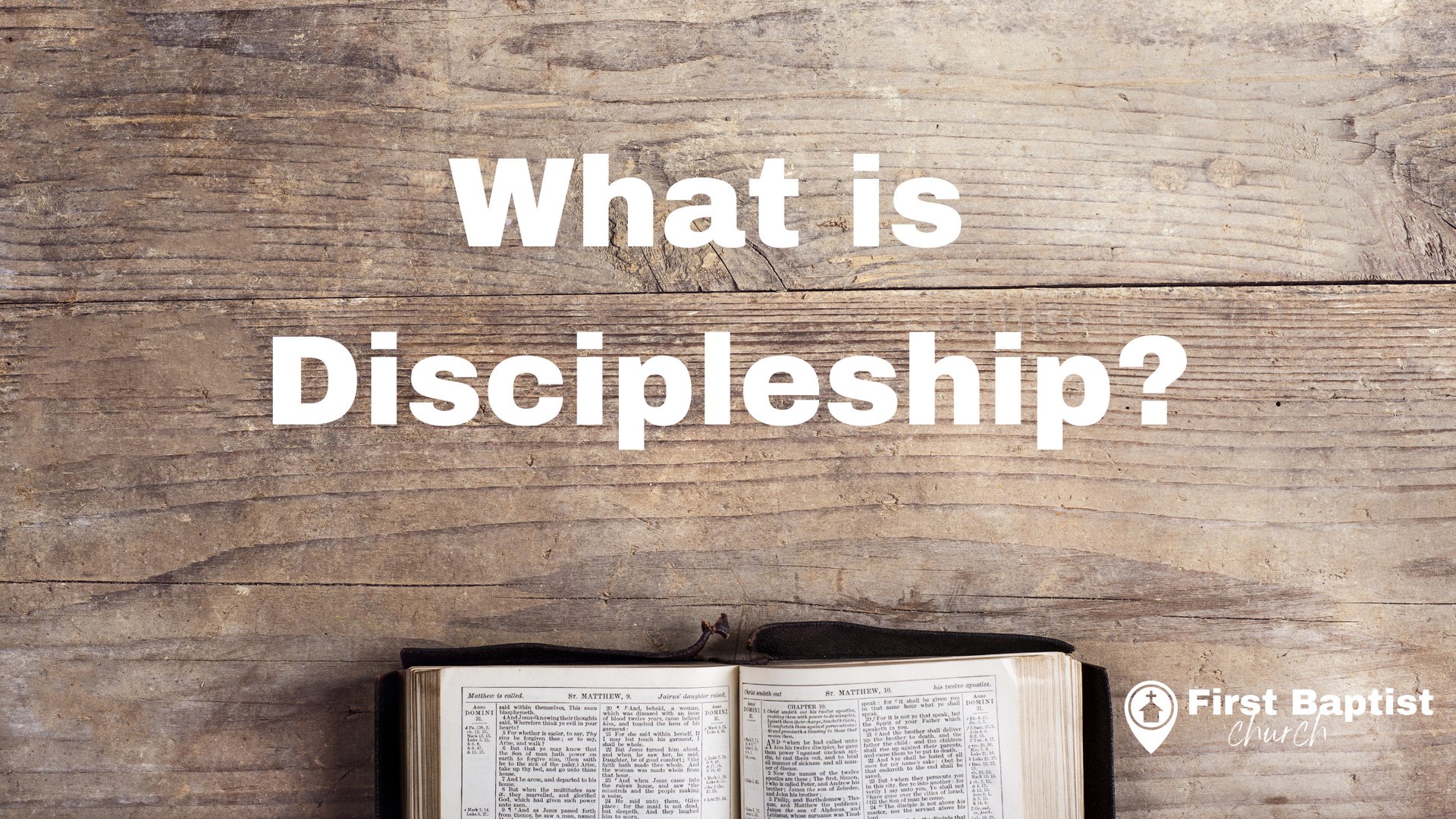
A Peace Worth Pursuing

Amidst the incessant demands of contemporary life, the universal pursuit of peace emerges as a palpable yearning. Modern challenges amplify the desire for tranquility, with studies revealing that adults, more than ever, contemplate their eternal destination. Whether consciously acknowledged or subconsciously sensed, there exists a collective longing for serenity in the midst of a fractured world. The pivotal challenge lies in discerning where true peace is to be found.
A prevalent issue arises when individuals seek peace in misguided avenues—be it within oneself, through escapism, or in fervent campaigns for change. Consider the ubiquitous advice to find inner peace by being at peace with oneself—an alluring yet ultimately flawed mantra. The quest for true peace transcends self-discovery; it cannot be unearthed within the confines of one's own being.
Escapism, often perceived as a temporary reprieve, offers fleeting moments of solace, as seen in the respite of a vacation. However, such respites are short-lived, and the harsh realities of life inevitably resurface. Escapism, akin to sweeping problems under the rug, may momentarily mask turmoil but fails to pave the way for lasting peace.
Similarly, the pursuit of peace through activism, fueled by the belief that societal change will usher in tranquility, proves elusive. Campaigning for change, though well-intentioned, often yields incremental results and rarely fulfills the envisioned transformation. True and lasting peace, in contrast, finds its roots in Jesus Christ—the Prince of Peace.
The birth of the Savior signifies the advent of peace, as it sets the stage for the redemptive work of the cross. In the crucible of the cross, Jesus bore the weight of our sins, offering a pathway to eternal peace that transcends the ephemeral troubles of this world. Romans 15:13 encapsulates this profound truth, asserting that in Christ, joy and peace abound through faith, bridging the gap between humanity and God.
Luke 23:44-45 unfolds two pivotal events that pave the way for peace. The first event signifies the judgment of God the Father falling upon Jesus Christ, shrouding the land in darkness and obscuring the sun's light. This symbolic darkness represents the profound judgment Jesus bore on behalf of humanity. The second event, the tearing of the temple curtain, epitomizes the accessibility of God's presence through faith in Christ.
Through faith, reconciliation with God becomes possible, ushering in genuine and enduring peace. Romans 5:10 reaffirms this, proclaiming that the death of God's Son reconciles enemies to God and secures salvation through His life. In this reconciliation, the cradle of true and lasting peace is discovered.
Reflecting on the essence of Christmas, it extends beyond the quaint imagery of a baby in a manger. It encapsulates the profound narrative of a baby who would later triumph over sin and death on a cross, offering the gift of peace to all who believe. As the cherished Christmas hymn resounds,
"Hark! The herald angels sing,
'Glory to the new-born king,
Peace on earth and mercy mild,
God and sinners reconciled!'"
That is a resounding proclamation of the peace that Christmas brings to those reconciled with God through Christ.


